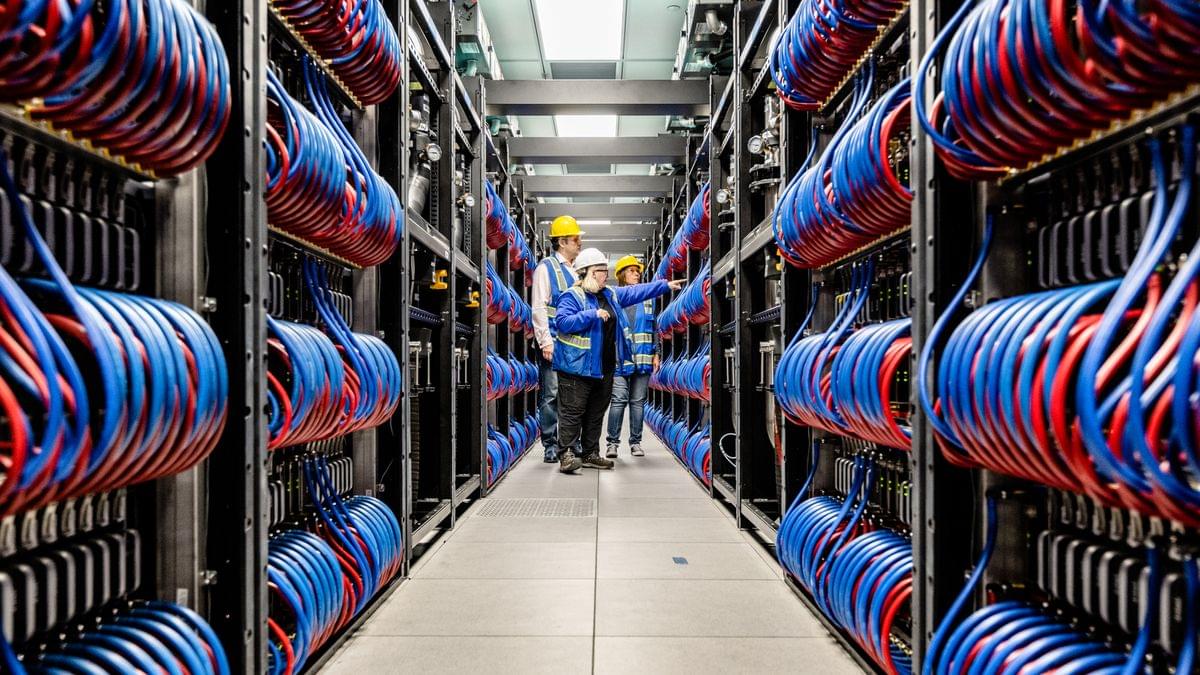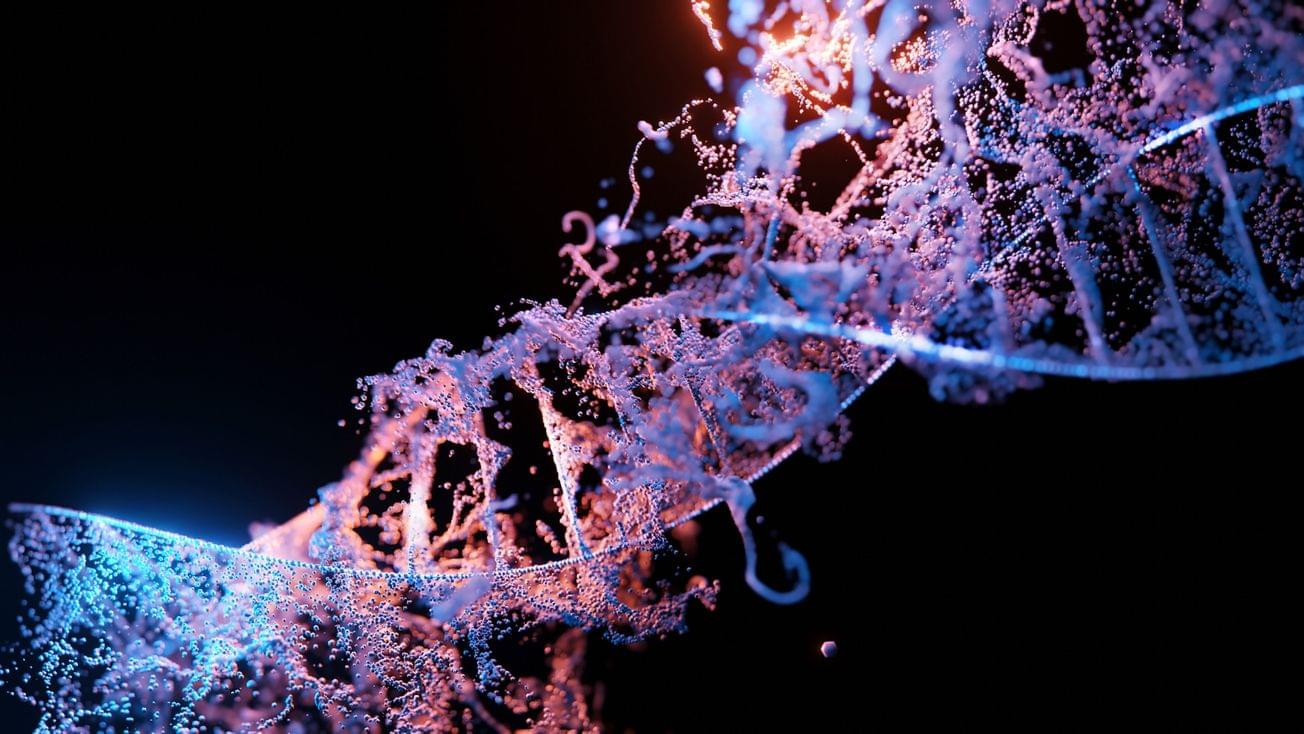This breakthrough overcomes a major challenge—scalability—by allowing small quantum devices to work together rather than trying to cram millions of qubits into a single machine. Using photonic links, they achieved quantum teleportation of logical gates across modules, essentially “wiring” them together. This distributed approach mirrors how supercomputers function, offering a flexible and upgradeable system.
First Distributed Quantum Computer
In a major step toward making quantum computing practical on a large scale, scientists at Oxford University Physics have successfully demonstrated distributed quantum computing for the first time. By connecting two separate quantum processors using a photonic network interface, they effectively created a single, fully integrated quantum computer. This breakthrough opens the door to solving complex problems that were previously impossible to tackle. Their findings were published today (February 5) in Nature.







